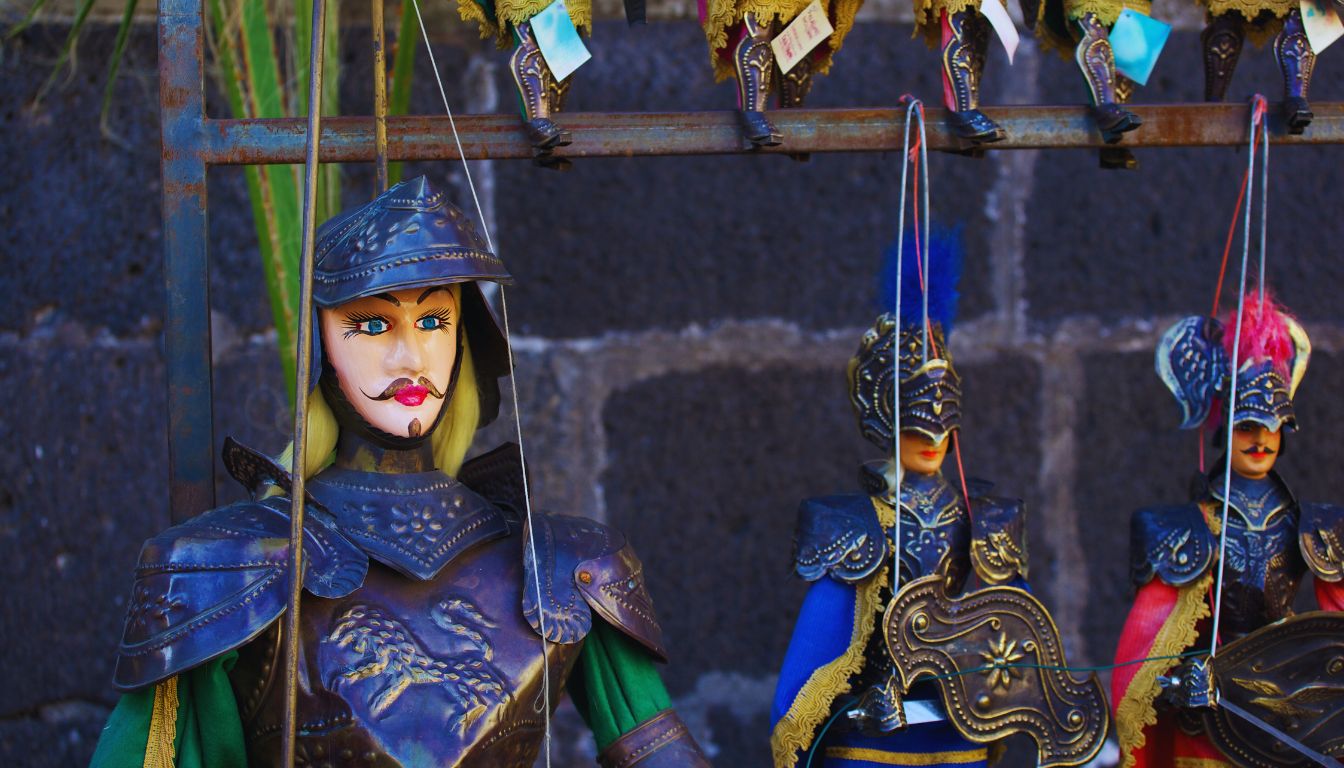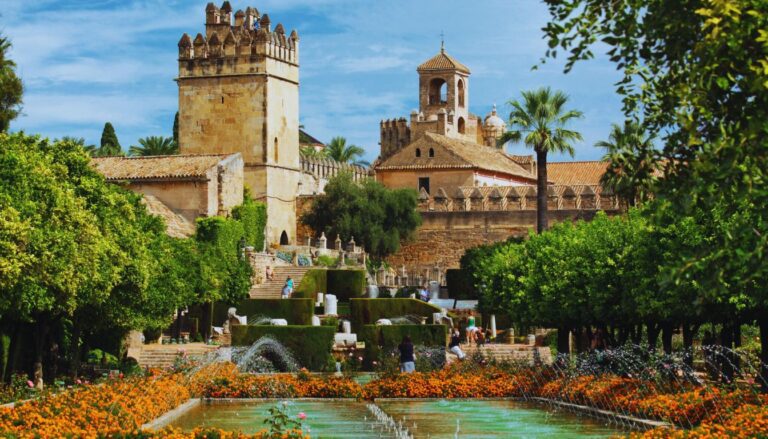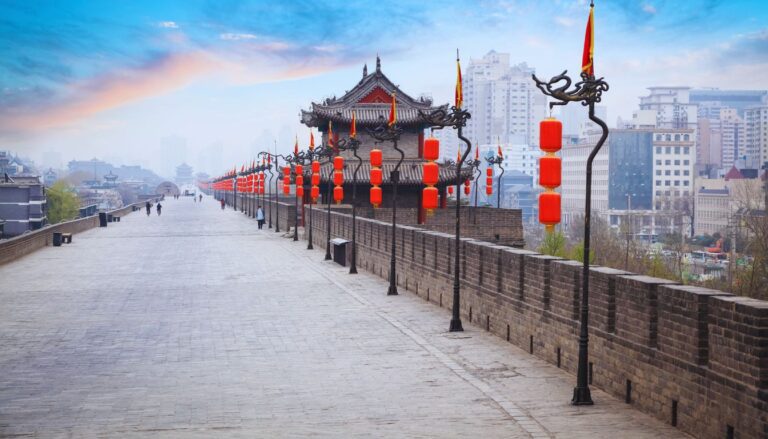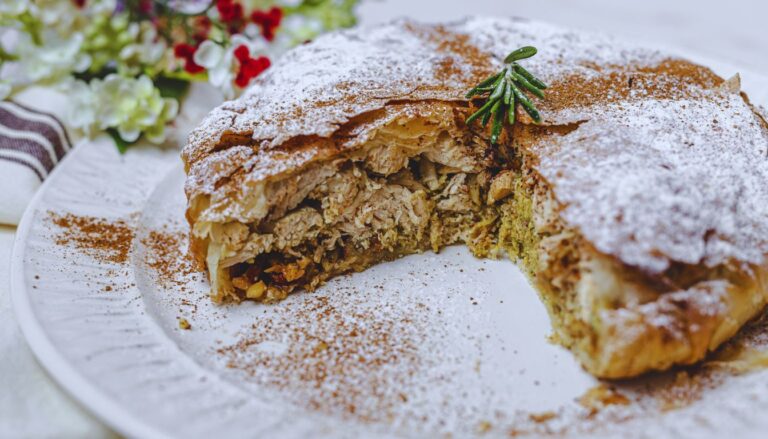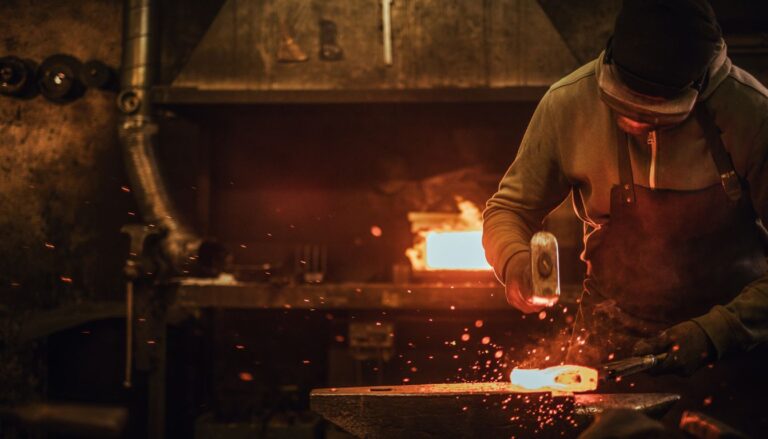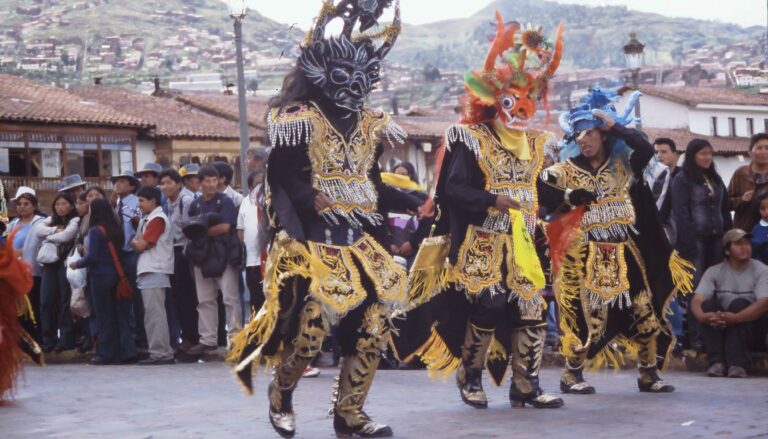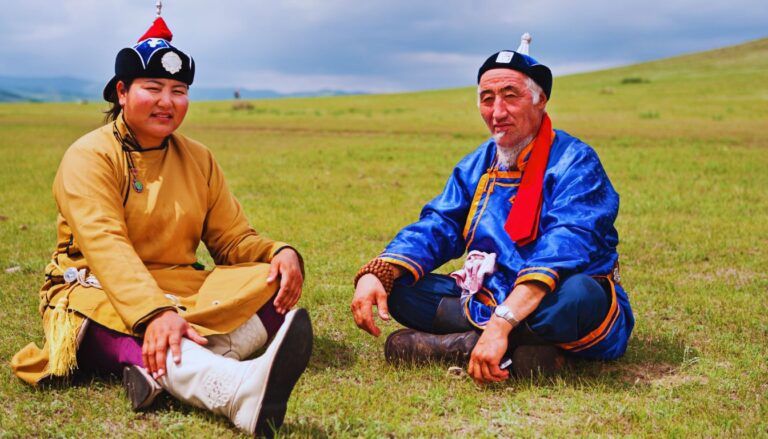Sicilian Puppet Theater, known locally as Opera dei Pupi, is a captivating form of traditional storytelling that has enchanted audiences for centuries. This unique art form brings to life tales of chivalry, romance, and adventure through intricately crafted marionettes. Recognized by UNESCO as an Intangible Cultural Heritage of Humanity, Sicilian Puppet Theater stands as a testament to the rich cultural traditions of Sicily and Italy as a whole.
Table of Contents
The Origins and History of Opera dei Pupi
The roots of Sicilian Puppet Theater can be traced back to the early 19th century, though its influences date much further. The art form emerged as a popular entertainment for the working class, blending elements of medieval literature, local folklore, and the island’s complex history.
Opera dei Pupi developed primarily in two main schools: the Palermo tradition and the Catania tradition. While both share common themes, they differ in the size and manipulation techniques of their puppets. The Palermo puppets are smaller and operated by strings and rods, while the Catania puppets are larger and maneuvered by iron rods.
Characteristics of Sicilian Marionettes
Sicilian marionettes, or pupi, are masterpieces of craftsmanship. These puppets typically stand between 80 to 100 centimeters tall and can weigh up to 10 kilograms. They are intricately detailed, with hand-painted faces, ornate costumes, and real metal armor.
The puppets are operated from above using rods and strings. The main rod, attached to the puppet’s head, controls its movements, while strings manipulate the arms. This unique design allows for dramatic sword fights and expressive gestures, bringing the characters to life on stage.
Traditional Storylines and Characters
The repertoire of Sicilian Puppet Theater primarily draws from medieval chansons de geste, particularly the Carolingian cycle. These epic poems recount the legendary deeds of Charlemagne and his paladins. The most popular stories revolve around Orlando (Roland), his cousin Rinaldo, and their battles against Saracen warriors.
Other common themes include tales from the Old Testament, lives of saints, and stories of local bandits. The characters are typically divided into Christians and Saracens, with the former usually portrayed as the heroes. This clear-cut division reflects the historical context of medieval Sicily and its complex relationship with its Arab past.
The Art of Puppeteering in Sicily
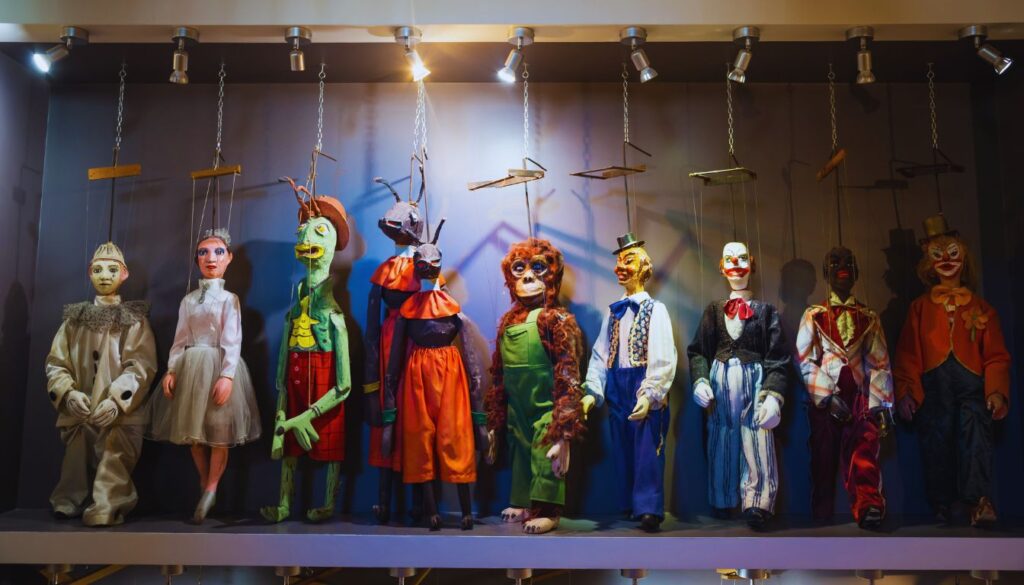
Puppeteering in the Opera dei Pupi is a highly skilled art form passed down through generations. The puppeteer, known as a puparo, must master not only the manipulation of the marionettes but also the art of storytelling, voice acting, and improvisation.
During a performance, the puparo stands on a raised platform behind the stage, hidden from the audience’s view. They manipulate the puppets while simultaneously providing all the voices for the characters. This requires immense skill, as a single puppeteer may control multiple characters and deliver rapid-fire dialogue in various voices.
UNESCO Recognition: Intangible Cultural Heritage
In 2008, UNESCO recognized Opera dei Pupi as an Intangible Cultural Heritage of Humanity. This designation acknowledges the cultural significance of Sicilian Puppet Theater and its importance in maintaining Sicily’s cultural identity.
UNESCO’s recognition has played a crucial role in raising awareness about this unique art form and supporting efforts for its preservation. It highlights the value of intangible heritage in fostering cultural diversity and promoting intercultural dialogue.
The Role of Puppet Theater in Sicilian Culture
Opera dei Pupi has been an integral part of Sicilian culture for over two centuries. In its heyday, puppet theaters were found in nearly every town and city across Sicily, serving as popular entertainment for the masses.
Beyond mere entertainment, puppet shows played a significant role in preserving and transmitting Sicilian history, folklore, and values. They served as a means of cultural expression, often addressing contemporary issues through the lens of historical and mythical narratives.
Challenges Facing Sicilian Puppet Theater Today
Despite its cultural significance, Sicilian Puppet Theater faces numerous challenges in the modern era. The rise of television, cinema, and digital entertainment has led to a decline in audience numbers, particularly among younger generations.
Economic pressures have also taken their toll, with many traditional puppet theaters struggling to remain financially viable. The craft of puppetmaking and puppeteering requires years of apprenticeship, and fewer young people are choosing to pursue this demanding profession.
Preservation Efforts and Modern Adaptations
In response to these challenges, various initiatives have been launched to preserve and revitalize Opera dei Pupi. These efforts include:
- Educational programs: Introducing puppet theater to schools to spark interest among young people.
- Festivals and workshops: Organizing events to showcase the art form and teach puppetmaking skills.
- Museum exhibitions: Creating permanent displays to educate the public about the history and artistry of Sicilian puppetry.
- Modern adaptations: Some puppeteers are experimenting with contemporary themes and storytelling techniques to appeal to new audiences.
The Associazione per la Conservazione delle Tradizioni Popolari in Palermo has been at the forefront of these preservation efforts, maintaining an extensive collection of puppets and promoting research into the art form.
Notable Puppet Theaters and Museums in Sicily
Several important puppet theaters and museums continue to keep the tradition alive:
- Antonio Pasqualino International Puppet Museum (Palermo): Houses over 3,500 puppets from around the world and hosts regular performances.
- Museo Civico Vagliasindi (Randazzo): Features a collection of puppets and theatrical sets from the Catania school.
- Teatro dei Pupi (Syracuse): A historic theater that still stages regular puppet shows.
These institutions not only preserve the physical artifacts of Opera dei Pupi but also serve as living museums where visitors can experience performances firsthand.
The Global Influence of Sicilian Puppet Theater
While deeply rooted in Sicilian culture, Opera dei Pupi has had a significant influence beyond the island’s shores. Its unique storytelling techniques and craftsmanship have inspired puppeteers and theater artists worldwide.
The art form has been featured in international puppet festivals, introducing global audiences to this unique aspect of Italian cultural heritage. Some puppeteers have even taken their shows on international tours, spreading awareness and appreciation for Sicilian Puppet Theater.
Conclusion: The Future of Opera dei Pupi
As we look to the future, the preservation and evolution of Sicilian Puppet Theater stand at a critical juncture. While facing challenges, Opera dei Pupi has shown remarkable resilience over the centuries, adapting to changing times while maintaining its core essence.
The UNESCO recognition has brought renewed attention and support to this art form. With continued efforts in education, preservation, and adaptation, there is hope that Opera dei Pupi will not only survive but thrive in the 21st century and beyond.
Sicilian Puppet Theater remains a vibrant testament to Sicily’s rich cultural heritage. It continues to captivate audiences with its blend of artistry, storytelling, and tradition, ensuring that the magic of these wooden performers will enchant generations to come.
Discover the must-visit cultural destinations of Southern Italy
UNESCO Intangible Cultural Heritage – Opera dei Pupi, Sicilian Puppet Theatre

